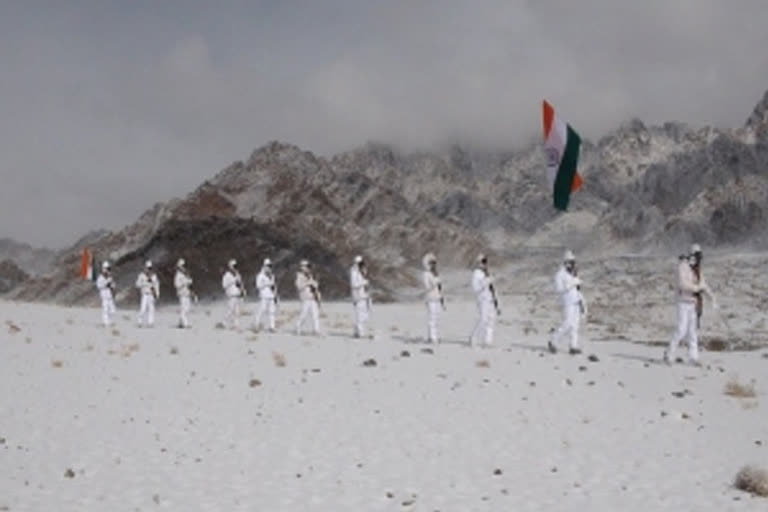Hyderabad: All eyes are currently focused on India's northern borders in Ladakh, where there is an ongoing standoff with Chinese soldiers who have reportedly intruded across the Line of Actual Control (LAC). It is hoped that the matter can be peacefully settled between the two countries, although it does not appear headed for an early resolution.
Much has already been written about the current situation on the border, and I, therefore, want to focus on the broader issue of the management of the LAC.
In 2019, there were 663 recorded Chinese transgressions across the LAC. As reported in The Indian Express,this was a significant rise from the 404 transgressions in 2018. We often express satisfaction at the fact that there has not been a single shot fired at the LAC since 1975, but increasing assertiveness by both sides at the borders could lead to a breakdown of restraint that escalates to an unintended crisis. It would be appropriate at this time to comprehensively review the procedures and protocols for border management so that flashpoints can be avoided while simultaneously ensuring the sanctity of the LAC.
The Group of Ministers set up after the Kargil Review Committee had gone into various aspects of national security, including border management. Their report had noted:
At present there are instances of more than one force working on the same border and questions of conflict in command and control have been raised frequently. Multiplicity of forces on the same border has also led to lack of accountability on the part of the forces. To enforce the accountability, the principle of ‘one border one force’ may be adopted while considering deployment of forces at the border.”
Currently, both the army and the ITBP are deployed along the LAC, carrying out similar activities of patrolling, surveillance, and responding to transgressions. The responsibility for border management is vested with the ITBP, but in any confrontation, like in the past at Depsang, Chumar, and Doklam, or as is being witnessed currently, it is the Indian Army that leads the primary response. All meetings with the Chinese at the LAC, ceremonial or crisis-driven, are led by army officers.
An unsettled border having two separate forces, each reporting to different ministries, each with separate capability development plans, hampers efficient employment of resources and muddles accountability. Disputed borders should be the responsibility of the army that has greater capability to handle complex situations, and the ITBP placed under its operational control. Such an arrangement already exists at the Line of Control with Pakistan, where the BSF is operating under the control of the army.
